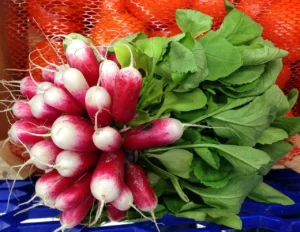March is ideal for starting your vegetable garden, whether you’re a beginner or a seasoned gardener. As winter fades and spring begins, many vegetables thrive when planted during this transitional period. In this blog, we’ll explore the best vegetables to plant in March, high-yield crops, companion planting techniques, and essential gardening strategies to help you grow a thriving, productive garden.
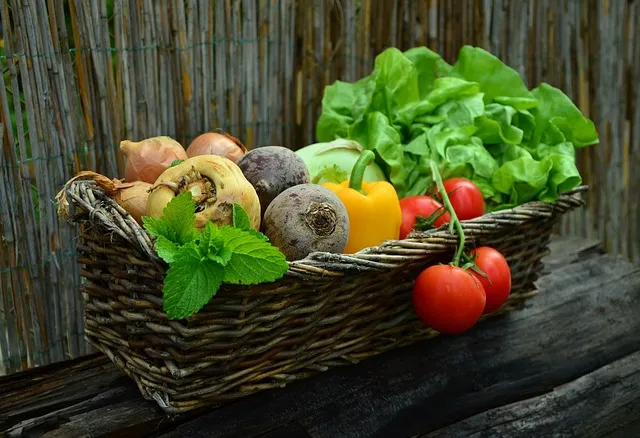
Why March is the Best Time to Start Planting Vegetables
March is an exciting month for gardening because:
- Warmer Soil Temperatures: The ground starts warming up, encouraging strong root development.
- Longer Daylight Hours: More sunlight helps young plants grow faster.
- Cool-Season Crops Thrive: Many leafy greens and root vegetables prefer cool temperatures.
- Early Start for Warm-Season Crops: You can start tomatoes, peppers, and cucumbers indoors.
Factors to Consider Before Planting in March
Before diving into planting, keep these factors in mind:
1. Frost Dates
Frost dates play a crucial role in determining when to plant your vegetables. Planting too early can result in frost damage or even the death of young plants. Research your local last expected frost date to ensure you are planting at the right time. For regions with unpredictable weather, consider using frost covers, row covers, or cold frames to protect tender plants from sudden temperature drops.
2. Soil Preparation
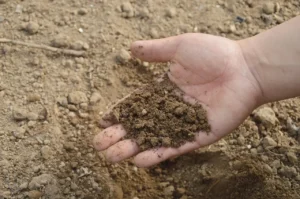
Healthy soil is the foundation of a thriving garden. March is the ideal time to test and amend your soil to provide the best growing conditions.
- Test Soil pH: Most vegetables prefer a pH range between 6.0 and 7.0. You can adjust acidity by adding lime (to raise pH) or sulfur (to lower pH).
- Add Organic Matter: Incorporate compost, well-rotted manure, or peat moss to improve soil structure and fertility.
- Enhance Drainage: If your soil retains too much moisture, consider adding sand or perlite to improve aeration.
3. Hardiness Zone
Your USDA Hardiness Zone determines which vegetables grow best in your area. Each vegetable has an optimal growing temperature range, and planting at the wrong time can stunt growth or lead to crop failure.
- Zones 3-5: Focus on cold-hardy crops like spinach, kale, and radishes.
- Zones 6-8: You can plant cool-season crops outdoors and start warm-season crops indoors.
- Zones 9-11: Enjoy a longer growing season with options like tomatoes, peppers, and squash.
4. Raised Beds vs. Ground Planting
The decision between raised beds and ground planting depends on your soil quality, drainage, and available space.
- Raised Beds:
- Warm up faster in early spring, allowing for an earlier start to the growing season.
- Improve drainage, reducing the risk of root rot.
- Easier to manage and weed.
- Ground Planting:
- More cost-effective and requires less setup.
- Allows for deeper root growth, which is beneficial for crops like carrots and potatoes.
Best Vegetables to Plant in March (By Type)
1. Cool-Season Vegetables (Early March Planting)
These vegetables thrive in cooler temperatures and can tolerate light frost.
Lettuce
- Ideal for both containers and garden beds.
- Prefers well-drained soil and partial shade.
- Harvest time: 30-45 days.
- Companion plants: Carrots, radishes, and onions.
Spinach
- Cold-hardy and fast-growing.
- Grows well in moist, nitrogen-rich soil.
- Harvest time: 35-50 days.
- Companion plants: Peas and strawberries.
Radishes
- One of the quickest-growing vegetables.
- Prefers loose, well-draining soil.
- Harvest time: 25-30 days.
- Companion plants: Cucumbers and carrots.
Carrots
- Plant seeds directly in garden beds.
- Requires deep, loose soil to grow straight roots.
- Harvest time: 60-80 days.
- Companion plants: Tomatoes and onions.
Peas
- Prefers cool temperatures and trellising.
- Fixes nitrogen in the soil, benefiting neighboring plants.
- Harvest time: 50-70 days.
- Companion plants: Spinach and lettuce.
2. Root Vegetables (Mid-March Planting)
Beets
- Grows well in well-drained, fertile soil.
- Can be planted in succession for continuous harvest.
- Harvest time: 50-60 days.
- Companion plants: Garlic and onions.
Turnips
- Thrives in cool weather with moderate watering.
- Harvest time: 40-60 days.
- Companion plants: Peas and beans.
Potatoes
- Requires loose, well-drained soil.
- Mulching helps retain moisture and prevent weeds.
- Harvest time: 90-120 days.
- Companion plants: Beans and corn.
3. Warm-Season Vegetables (Late March – Start Indoors)
Tomatoes
- Start seeds indoors in trays with nutrient-rich soil.
- Transplant outdoors after the last frost.
- Harvest time: 60-80 days after transplanting.
- Companion plants: Basil and marigold.
Peppers
- Requires warm temperatures for germination.
- Can be transplanted outdoors in May.
- Harvest time: 70-90 days after transplanting.
- Companion plants: Carrots and spinach.
Cucumbers
- Can be started indoors or in greenhouses.
- Requires warm temperatures to thrive.
- Harvest time: 50-70 days.
- Companion plants: Beans and radishes.
Best Companion Planting Combinations for March Vegetables
- Lettuce + Carrots: Helps maximize garden space.
- Spinach + Peas: Peas provide shade for spinach.
- Radishes + Cucumbers: Radishes deter cucumber beetles.
Tips for a Successful March Vegetable Garden
1. Soil Preparation
- Use compost or aged manure to enrich soil.
- Test soil pH and adjust accordingly (ideal range: 6.0-7.0).
2. Frost Protection
- Use row covers or cold frames to protect young plants.
- Mulch helps regulate soil temperature.
3. Watering & Mulching
- Water consistently but avoid overwatering.
- Mulching retains moisture and prevents weeds.
4. Succession Planting
- Plant every 2-3 weeks for continuous harvest.
March Planting Calendar (Table Format)
| Vegetable | Direct Sowing (Outdoors) | Indoor Seed Starting | Companion Plants |
| Lettuce | Early March | N/A | Carrots, Radishes |
| Spinach | Early March | N/A | Peas, Strawberries |
| Carrots | Mid-March | N/A | Tomatoes, Onions |
| Tomatoes | Late March (Indoor) | Early March | Basil, Marigold |
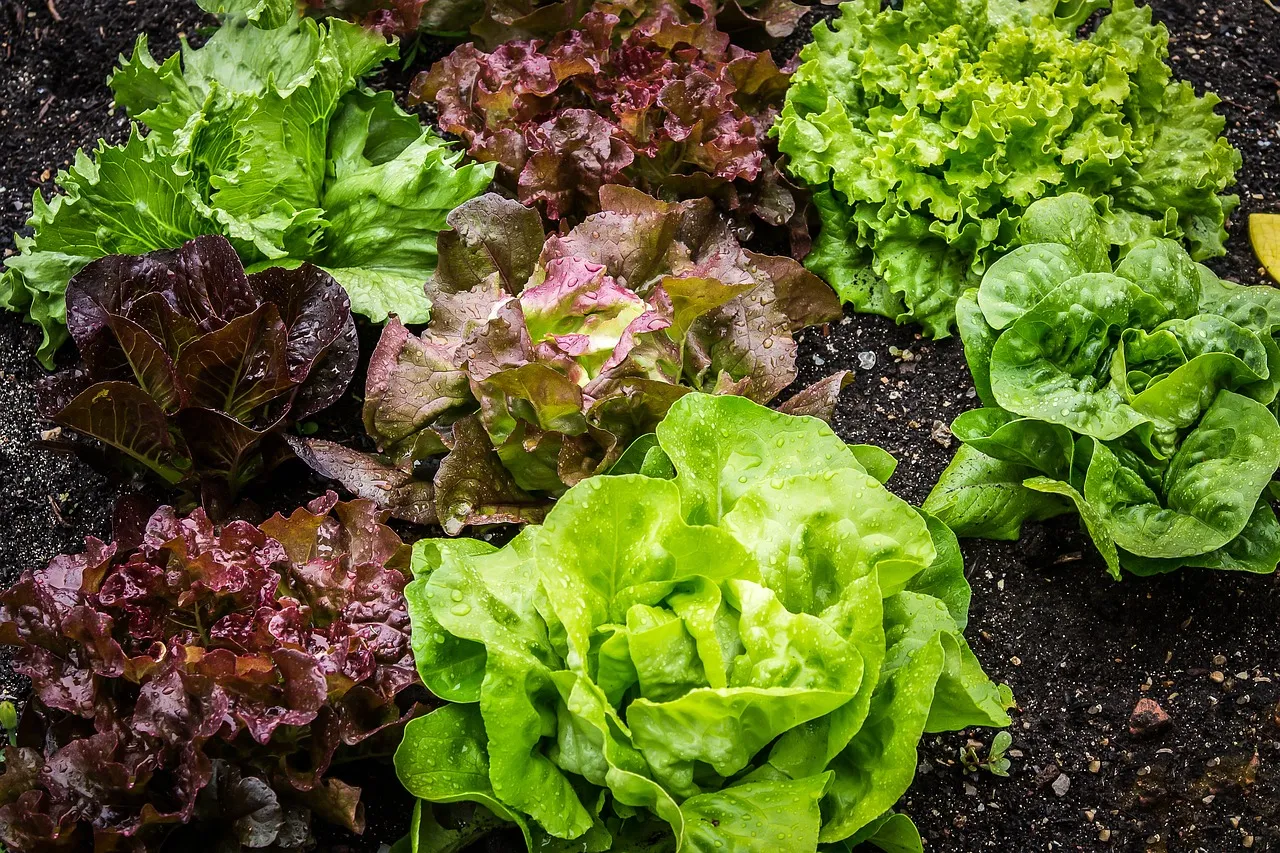
Common Mistakes to Avoid
While March is an excellent month to begin planting, there are some common mistakes that gardeners should avoid to ensure a successful growing season. Here are key pitfalls and how to prevent them:
1. Planting Too Early
One of the most frequent mistakes gardeners make is planting too soon, before the last frost has passed. Many seedlings and young plants are tender and cannot withstand freezing temperatures. Frost can cause damage to leaves, stunt growth, or even kill plants entirely.
How to Avoid It:
- Check your local frost dates and wait until the danger of frost has passed.
- Use protective measures like row covers, cloches, or cold frames to shield plants from unexpected cold snaps.
- Start seeds indoors for warmth-loving crops like tomatoes and peppers, and transplant them outdoors only when temperatures are consistently mild.
2. Ignoring Soil Health
Healthy soil is the foundation of a thriving garden, yet many gardeners plant without preparing or improving their soil. Poor soil can lead to weak plants that are more susceptible to pests, diseases, and low yields.
How to Avoid It:
- Test your soil for nutrient levels and pH before planting.
- Amend the soil with organic matter such as compost, well-rotted manure, or peat moss to improve fertility and structure.
- Ensure good drainage to prevent waterlogging, which can rot roots and kill plants.
- Rotate crops each year to prevent nutrient depletion and soil-borne diseases.
3. Overcrowding Plants
It may be tempting to plant vegetables close together to maximize space, but overcrowding can lead to poor air circulation, increased competition for nutrients, and a higher risk of fungal diseases.
How to Avoid It:
- Follow the recommended spacing guidelines on seed packets or plant labels.
- Thin out seedlings if they are too close together.
- Use companion planting strategies to efficiently utilize space while keeping plants healthy.
- Consider vertical gardening for crops like peas, beans, and cucumbers to maximize space.
4. Watering Mistakes
Watering is crucial for plant health, but both overwatering and underwatering can harm your garden. Overwatering can suffocate roots and encourage fungal diseases, while underwatering can lead to stunted growth and poor yields.
How to Avoid It:
- Water deeply but less frequently to encourage strong root growth.
- Use mulch to retain moisture and prevent soil from drying out too quickly.
- Water in the early morning to allow foliage to dry during the day, reducing the risk of fungal infections.
- Adjust watering based on weather conditions—less water on rainy days, more during hot spells.
5. Not Controlling Weeds Early
Weeds compete with vegetables for nutrients, water, and sunlight. If left unchecked, they can quickly take over and reduce your crop yield.
How to Avoid It:
- Mulch around plants to suppress weed growth and retain moisture.
- Hand-pull weeds regularly before they become established.
- Use landscape fabric or organic weed barriers to minimize weed problems.
6. Neglecting Pest Control
March is the time when many garden pests start becoming active. If left unchecked, insects like aphids, slugs, and caterpillars can damage young plants and reduce your harvest.
How to Avoid It:
- Inspect plants regularly for signs of pest infestations.
- Use natural deterrents like neem oil, insecticidal soap, or diatomaceous earth.
- Encourage beneficial insects such as ladybugs and lacewings that prey on harmful pests.
- Practice crop rotation and companion planting to minimize pest issues.
7. Skipping Succession Planting
Many gardeners plant everything at once and then face a large harvest all at the same time. This can lead to wasted crops or gaps in production later in the season.
How to Avoid It:
- Stagger your plantings every 2-3 weeks to ensure a continuous harvest.
- Choose quick-growing crops like radishes, lettuce, and spinach to plant multiple times in a season.
8. Forgetting to Harden Off Seedlings
If you start plants indoors, transplanting them directly into the garden without an adjustment period can cause shock, stunted growth, or even death.
How to Avoid It:
- Harden off seedlings by gradually exposing them to outdoor conditions over a period of 7-10 days before transplanting.
- Start with short exposure times and increase them each day.
- Avoid transplanting on extremely windy or hot days.
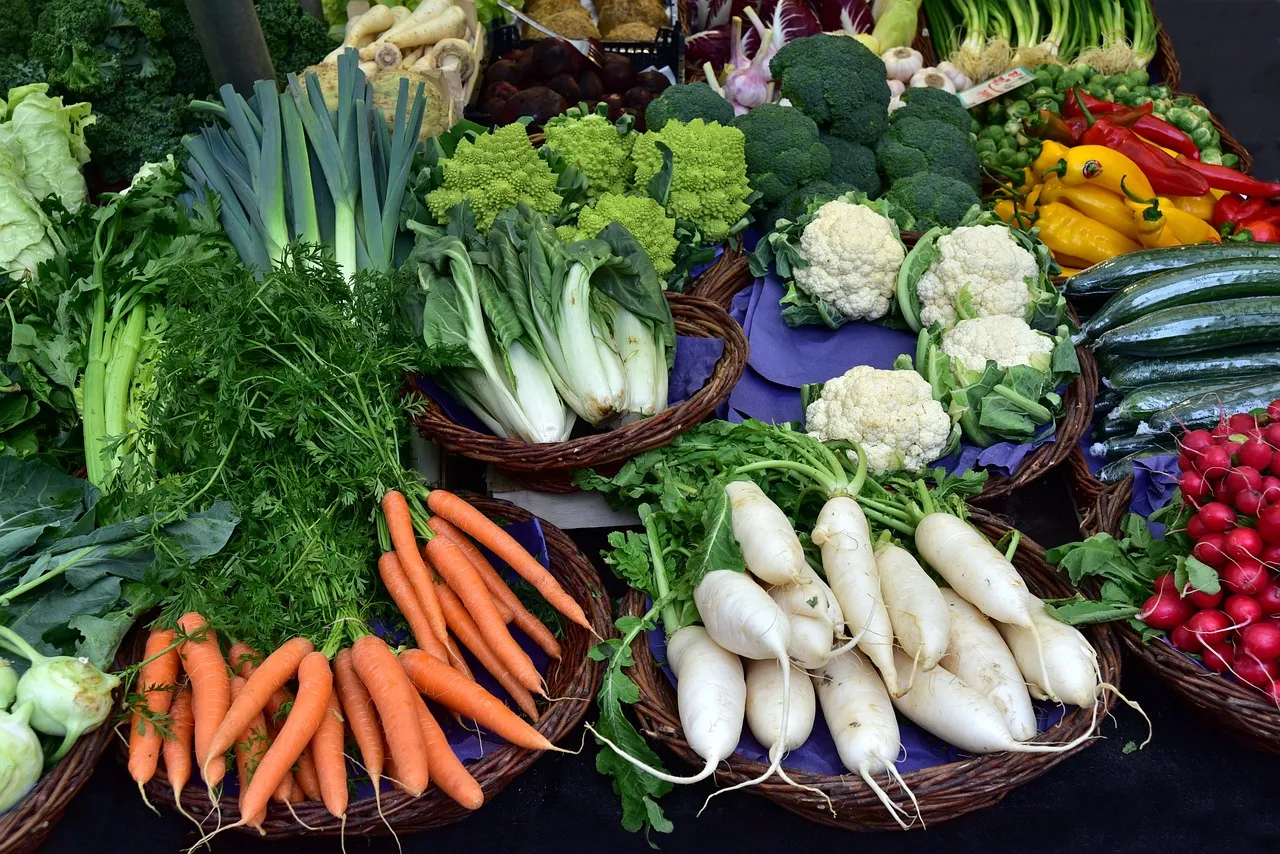
FAQs
Can I plant tomatoes in March?
Yes, but only indoors or in a greenhouse. Tomatoes need warm temperatures to germinate.
What vegetables can I grow in pots in March?
Lettuce, radishes, spinach, carrots, and peas are great for container gardening.
How can I protect my March plants from frost?
Use row covers, mulch, and cold frames to insulate plants from late frosts.
Conclusion
March is a pivotal month for gardeners, offering a fresh start to the growing season with a variety of vegetables suited to the transitioning weather. By planting the right crops, maintaining soil health, and implementing smart gardening techniques, you can set yourself up for a thriving, productive garden that yields fresh, nutritious produce well into the summer and beyond.
Whether you’re planting leafy greens, root vegetables, or getting an early start on warm-season crops indoors, March is a fantastic month to bring your garden to life. Take advantage of the improving weather, follow best gardening practices, and enjoy the satisfaction of growing your own fresh vegetables.
Happy gardening, and may your efforts be rewarded with a bountiful, healthy harvest!

